The Spinning Dancer Illusion
Play the video and decide which way the dancer is spinning
Now can you make her spin the other way?
If you can’t get the dancer to change direction, try following the foot that is swinging around and imagine it going in the other direction to the one you see at first.
Is anything really spinning?
Is the dancer really spinning? Come to think of it, is there a dancer here at all? Perhaps it is more true to say that this is a sequence of graphics, created by someone who wanted to trick your brain. What makes it interesting is that you can interpret what you are seeing in more than one way. What’s more, there is no easy way to test which interpretation is right.
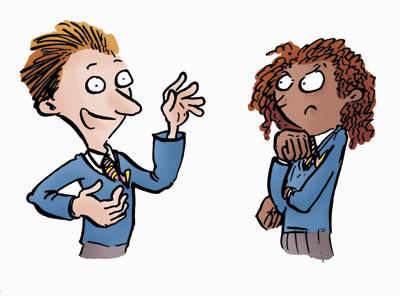
What else is an illusion?
Not only is this dancer an illusion, but to an extent, so too is the world you think you live in. At every moment, your mind is interpreting the information it receives to construct a world of colour and meaning. Of course there is another possibility – and that is that your mind is conjuring up a world that does not exist at all. In that case it’s reality that is the illusion.
Testing ideas
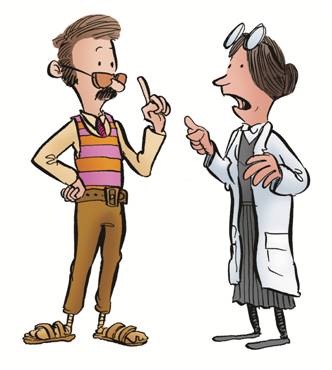 Assuming that reality is real, as well as getting through life as individuals, humans also work together to investigate questions and share ideas about answers. Science is one of the ways we do this. In science, everyone shares an assumption (called a presupposition) that there really is a ‘real world’ out there which we all experience and so we can investigate together.
Assuming that reality is real, as well as getting through life as individuals, humans also work together to investigate questions and share ideas about answers. Science is one of the ways we do this. In science, everyone shares an assumption (called a presupposition) that there really is a ‘real world’ out there which we all experience and so we can investigate together. 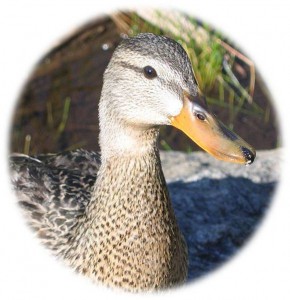 To help you to see how important this idea is, imagine what it would be like to try to do science in a dream world. Your dreams are particular to you – and not only that, in dreams you cannot rely on anything to do the same thing twice. You might be half way through setting up your carefully designed experiment, when all your equipment changed into a duck and waddled out of your lab!
To help you to see how important this idea is, imagine what it would be like to try to do science in a dream world. Your dreams are particular to you – and not only that, in dreams you cannot rely on anything to do the same thing twice. You might be half way through setting up your carefully designed experiment, when all your equipment changed into a duck and waddled out of your lab!
How science finds things out
Luckily there does seem to be a ‘real world’ out there and thanks to many centuries of scientific work, lots of ideas have now been discovered and/or checked by scientists … indeed science seems to have something to say about just about every aspect of life, these days!

Did you know, scientists have even found a way to measure the height of Everest! First they put a radar transmitter on the top. Then with the help of an overhead satellite, they measured the height as 8850 metres.
In science (and in other subjects too), there is now a huge body of well tested and well established knowledge. There are also a huge number of unresolved questions and areas where scholars disagree about how best to answer their questions.
Do we need any other subjects at all?
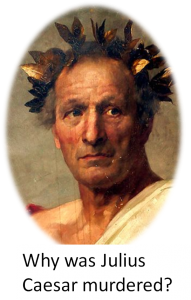 Given the strengths of science, perhaps you are now wondering whether every question in life can or should be answered scientifically. A moment’s thought will remind you that other types of answers are important too. If you see a friends is very upset and ask, “Why are you crying?” – you are not asking for an explanation of how tears are formed. Most of the questions you consider in history are also not the types of questions that science can address. If you’re now wondering why science does not address every kind of question, you can find the answer on the next page.
Given the strengths of science, perhaps you are now wondering whether every question in life can or should be answered scientifically. A moment’s thought will remind you that other types of answers are important too. If you see a friends is very upset and ask, “Why are you crying?” – you are not asking for an explanation of how tears are formed. Most of the questions you consider in history are also not the types of questions that science can address. If you’re now wondering why science does not address every kind of question, you can find the answer on the next page.
In education …
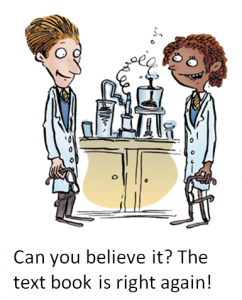
In education you spend quite a lot of your time learning about the knowledge that is well established and reworking the enquiries that other people have carried out. This – by the way – is why text books seem to already have the answers to the majority of questions you explore.
The goal? The goal is to produce wise, inquisitive and creative thinkers who can construct new knowledge and add to our current understanding of the world.